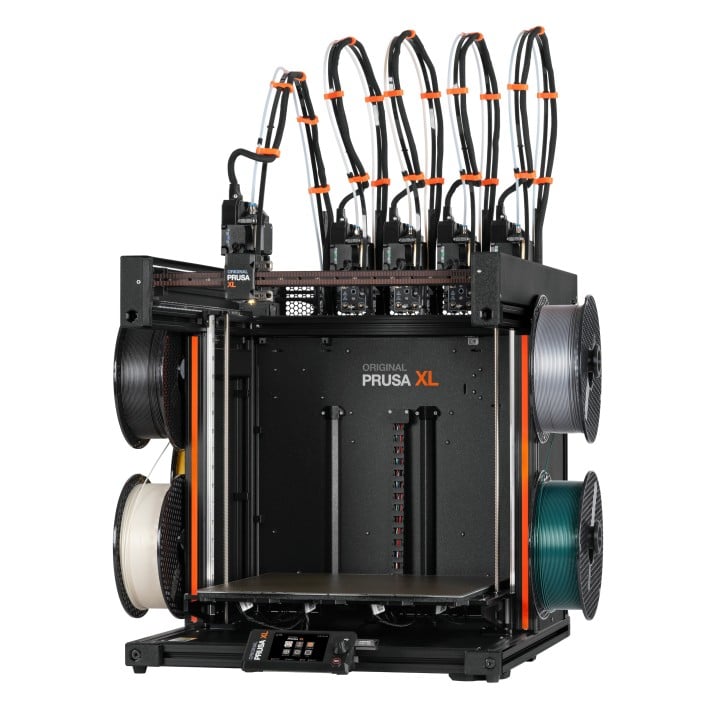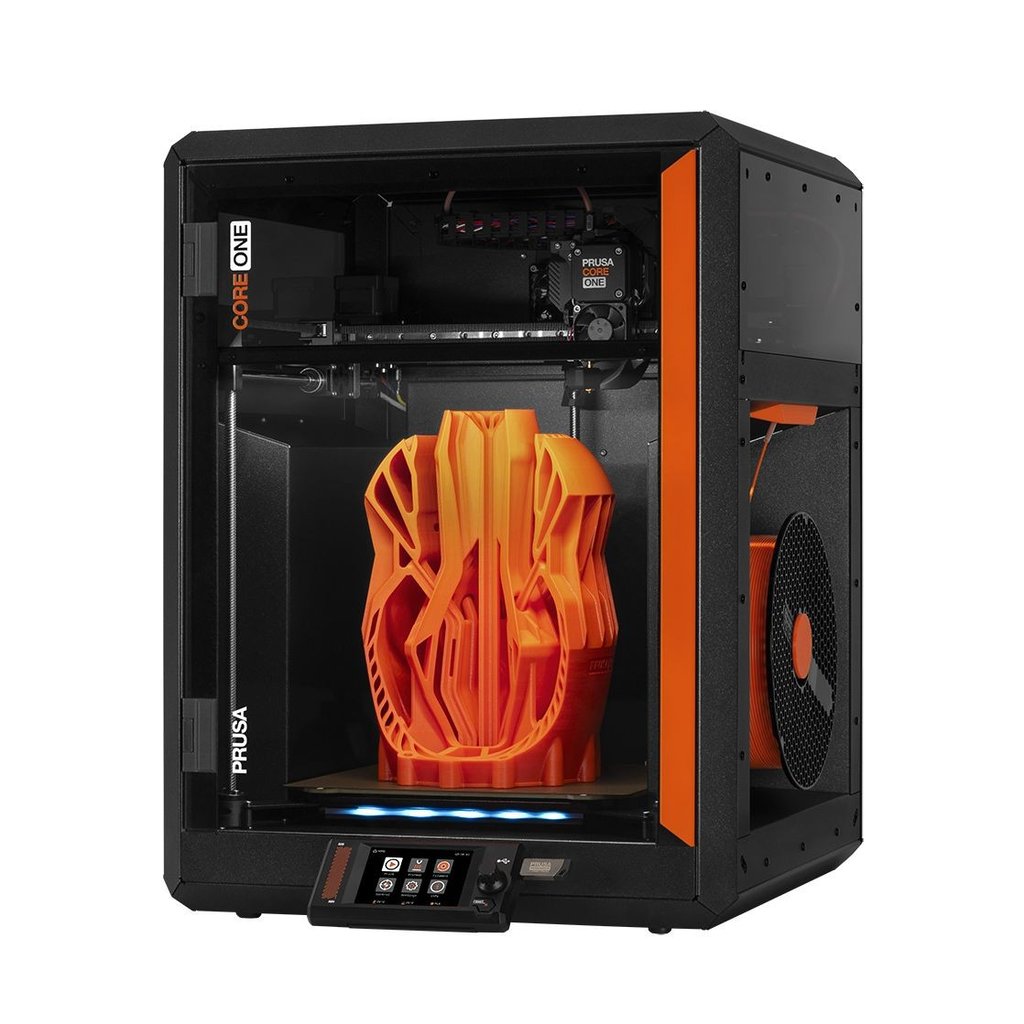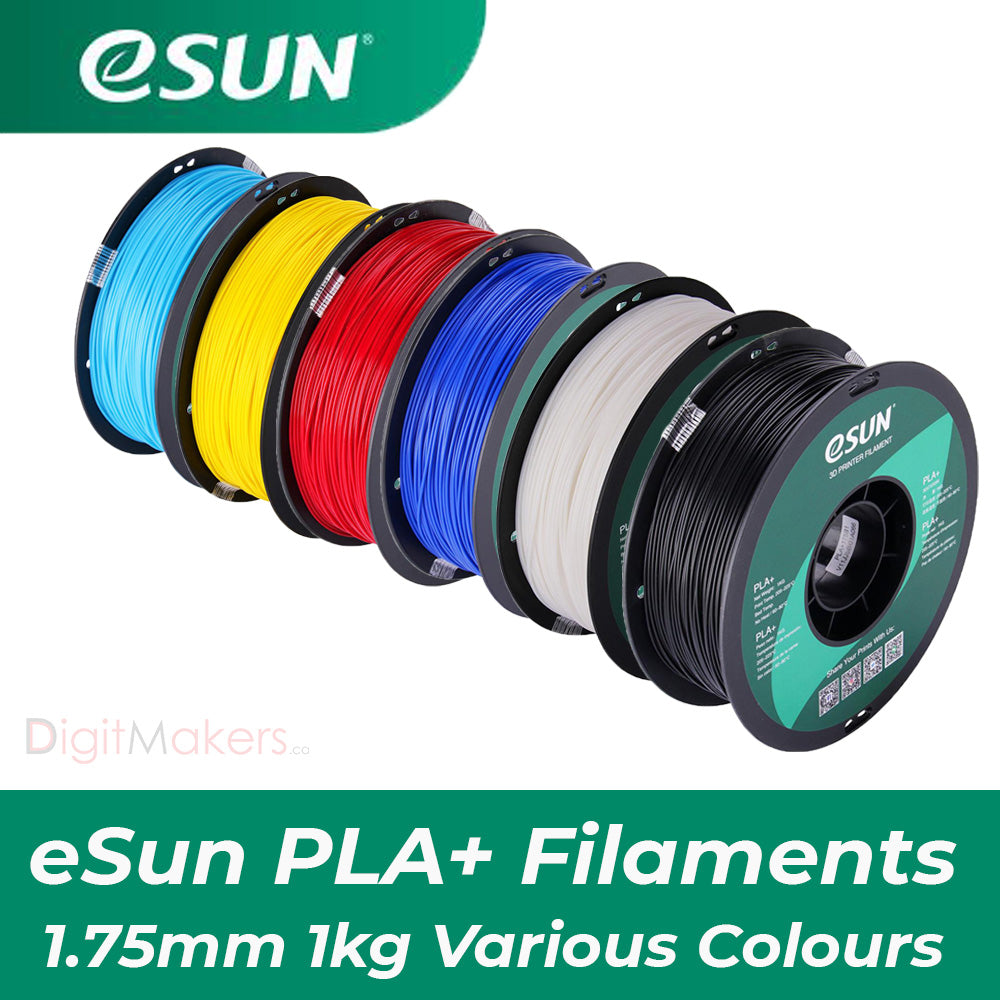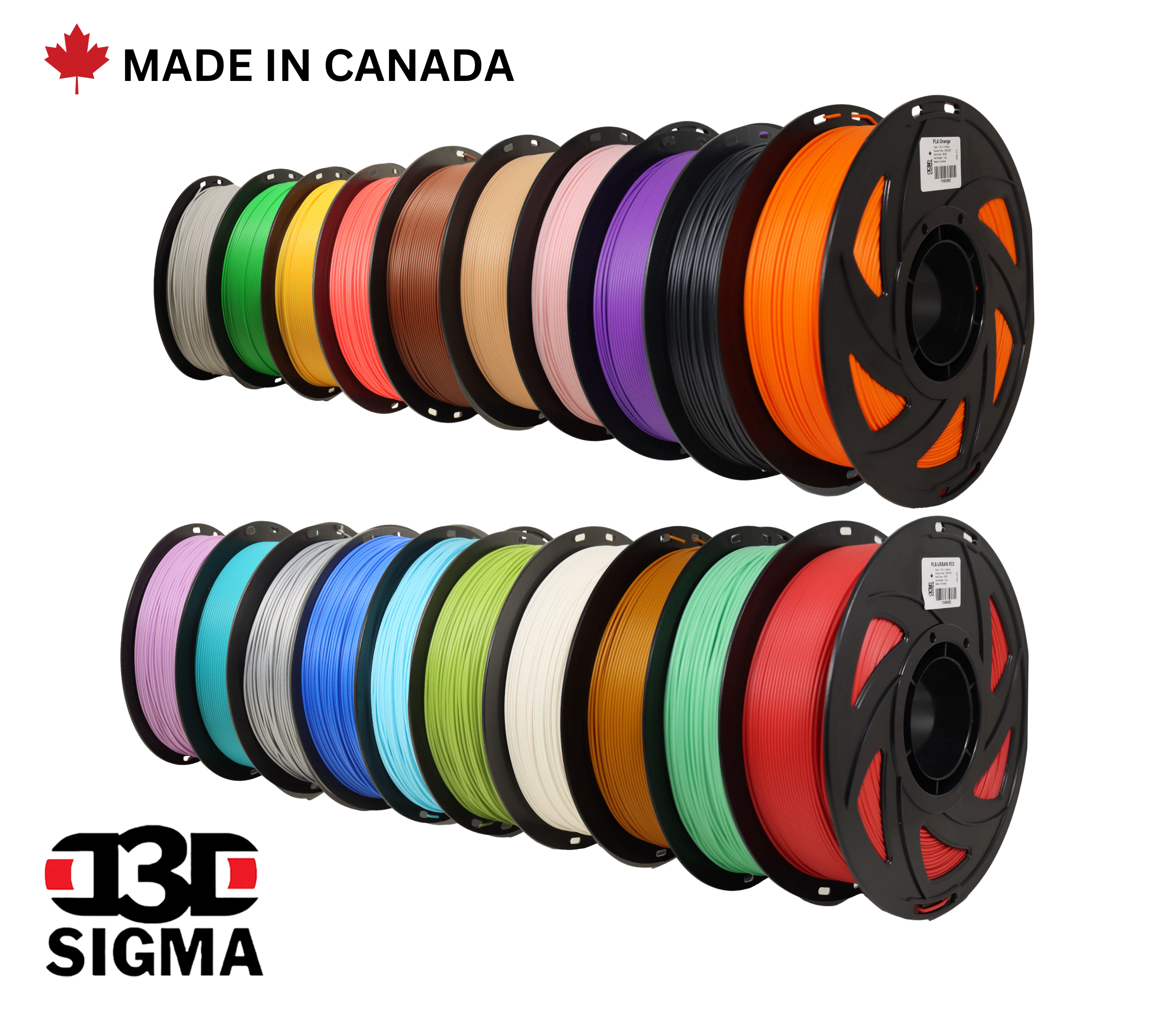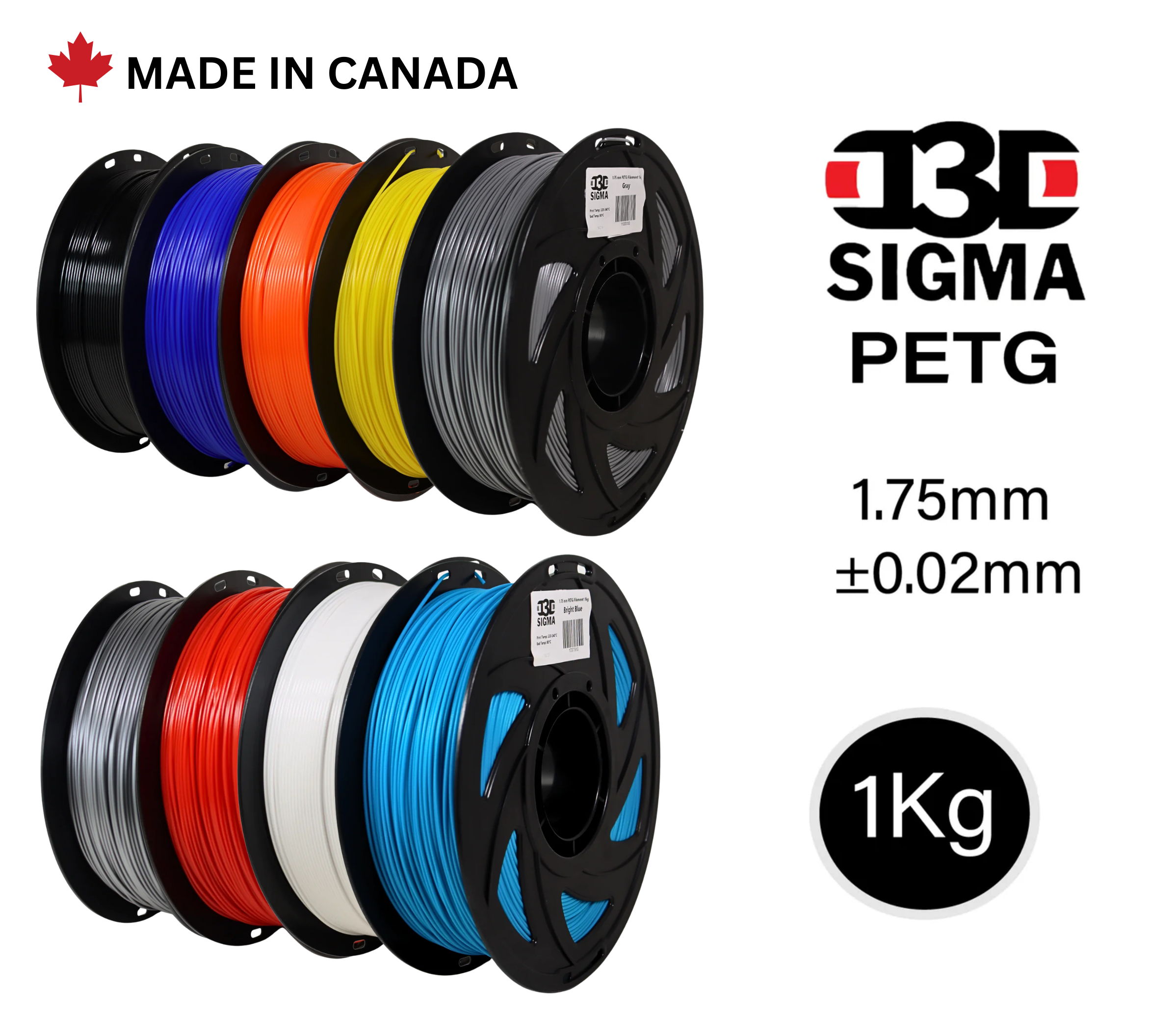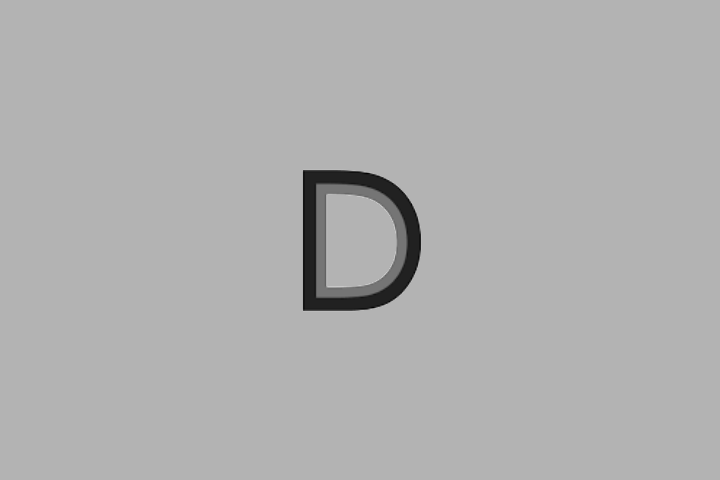If you’re designing parts that will live outside — for example enclosures, brackets, mounts or display elements — you need more than “just print-anything”. You need a material that stands up to UV exposure, heat, rain, and mechanical stress. That’s where ASA-CF (carbon-fiber reinforced ASA) from Bambu Lab shines.

Why ASA-CF for Outdoor Use
-
ASA is already known for excellent UV and weather resistance.
-
The carbon-fiber reinforcement adds increased stiffness, dimensional stability, and better performance for structural parts.
-
The technical data sheet for ASA-CF confirms it’s “engineered for harsh outdoor conditions”.
So if you’re making parts that must endure outdoors, ASA-CF is a strong choice. The challenge lies in printing it correctly — because outdoor-grade materials often require more careful settings.
✅ Recommended Print Settings for Outdoor-Ready ASA-CF
Based on the technical sheet + community experiences:
| Setting |
Recommended Value |
Why It Matters |
| Nozzle Temp |
~250–280 °C |
ASA-CF needs high temperature for good bonding.
|
| Bed Temp |
90–100 °C (Textured or Smooth PEI) |
Improves first layer adhesion and reduces warping.
|
| Chamber Temp |
45–60 °C if printer supports it |
Helps reduce warping on large parts.
|
| Cooling Fan |
Moderate; avoid high fan on early layers |
Too much cooling causes delamination.
|
| Retraction / Travel |
0.8-1.4 mm retraction, moderate speed |
Helps reduce stringing while maintaining good material flow.
|
| Filament Drying |
Dry at 80 °C for ~8h (or bed at 90–100 °C for 12h) |
Carbon-fiber & ASA are sensitive to moisture.
|
Pro tips:
-
Use a brim or skirt on parts with small contact area to ensure better adhesion.
-
Let the part cool down on the plate before removing, so it doesn’t warp.
-
Clean your build plate (soap + warm water) and avoid fingerprints — ASA adhesion is sensitive to contamination.
🛠 Printer & Workflow Considerations
-
Use a printer with enclosure or at least a door to maintain chamber temperature for ASA-CF.
-
Use a hardened steel nozzle (ASA-CF is abrasive due to carbon fiber).
-
If your setup supports it, reduce ambient drafts and maintain consistent chamber temperature for best results.
-
Post-process outdoors parts: sand and coat if you want a smoother finish; the matte surface of CF materials handles weather well.


🌦 Outdoor Application Use Cases
-
Exterior enclosures for electronics (outdoors, marine or industrial).
-
Brackets or mounts exposed to sun, wind and moisture.
-
Structural display elements for vehicles or recreational gear.
-
Long-term outdoor fixtures where UV and heat resistance matter.
🔍 Why Proper Settings Are Critical
Printing ASA-CF with default PLA or PETG settings usually leads to:
-
Warping and lifting from the bed
-
Poor layer adhesion (especially on thick/wide parts)
-
Decreased mechanical performance
Proper settings — especially bed temperature, chamber temp and drying — ensure your outdoor parts not only look good but perform outside.
🏁 Final Thoughts
If you’re serious about outdoor-ready parts, Bambu Lab ASA-CF is a top choice thanks to its UV/weather resistance and carbon-fiber reinforcement. But to unlock its full potential, you must dial in your settings and workflow for high-temperature, high-trust applications.
Want a step-by-step slicing profile for ASA-CF in Bambu Studio or an infographic summary of the settings? I can create either (or both) for your blog or social media.
